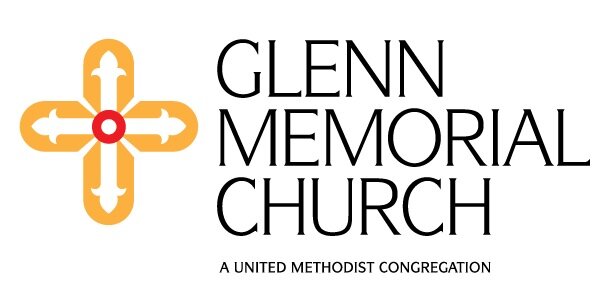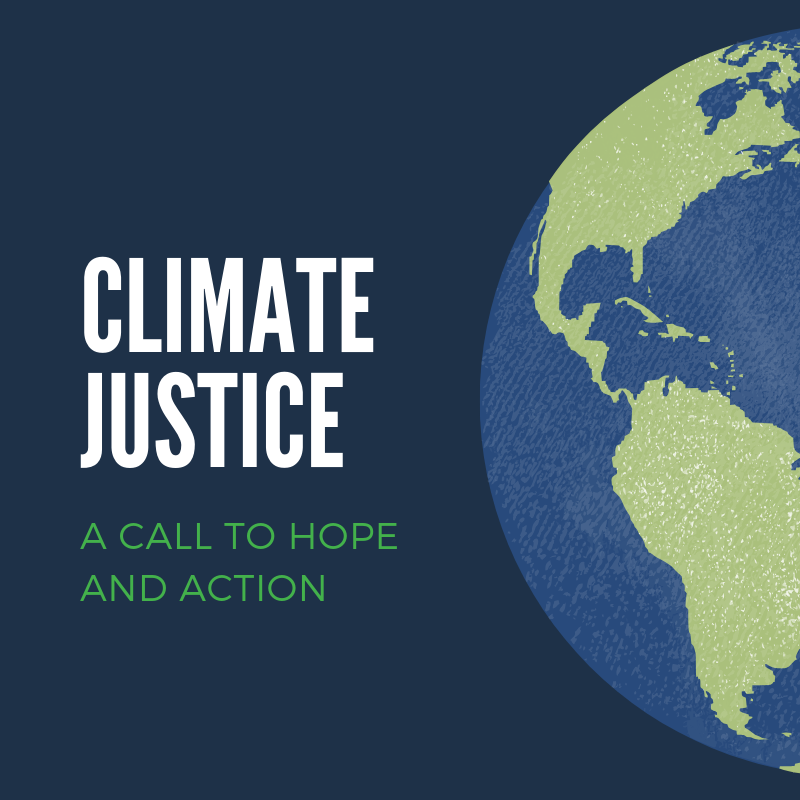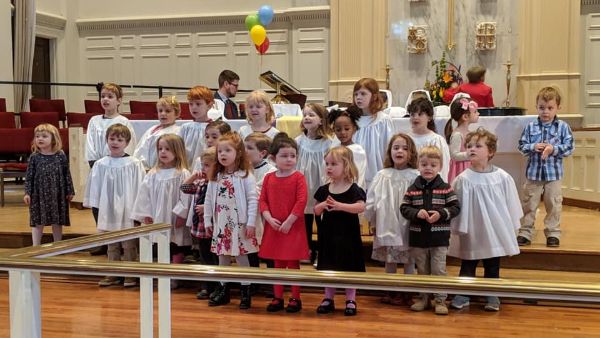The three areas of service opportunity at Glenn are divided into local, global, and environmental areas. Please check Glenn’s website and look under “Service at Glenn” to find ways that you might get involved. We need your help! See what the committees have been up to recently:
Local:
Glenn’s local service efforts are focused on the guiding principles found in the gospel of Matthew:
“I was hungry and you gave me food, I was thirsty and you gave me something to drink, I was a stranger and you welcomed me, I was naked and you gave me clothing, I was sick and you took care of me, I was in prison and you visited me. — Matthew 25:35-36
One recent event was held on March 24, when members of our congregation served at Trinity Table, a Sunday soup kitchen that feeds over 300 homeless people at Trinity UMC in downtown Atlanta. Per Diane Bryant, “it was a joy to serve with the 14 volunteers from Glenn who were willing to jump in and do whatever was asked of them. And then they asked what more could they do. I am always stuck by what wonderful folks the members of Glenn are: young, old, men, women, families, seasoned volunteers and enthusiastic newbies. Everyone jumps in to make it happen. We started at 10:30 and were cleaned up and out of there by 1:30.” Other Glenn members not in attendance contributed food and money.
Global:
Missions at Glenn acts as the Hands and Feet outside our local area.
A painting and cleanup day was held on MLK Day in Clarkston. This is part of a new partnership with Memorial Drive Ministries, an organization dedicated to serving the refugee population in Georgia.
Glenn also hosted our missionary partners from Cambodia. We had a chance to learn about their work with students overseas and see the ways Glenn is supporting them.
Environmental:
We look to raise awareness of the connection between our faith as Christians and our responsibility to care for creation and to help save God’s world. We strive to set examples for new behaviors and be good stewards for today and tomorrow’s world.
On a chilly March day, a morning of service for the Environmental Committee was spent cleaning up a garden plot at the New Roots Community Garden, which is affiliated with the International Rescue Committee (IRC). The garden is located between North DeKalb Mall and the Subaru dealership. The IRC provides opportunities for refugees and other immigrants to thrive in America. https://www.rescue.org/united-states/atlanta-ga Glenn has participated in this cleanup effort for several years. It is a fun morning for young and old alike! We hope you will join us next year.






















